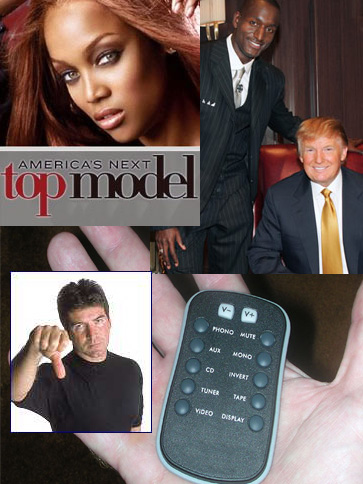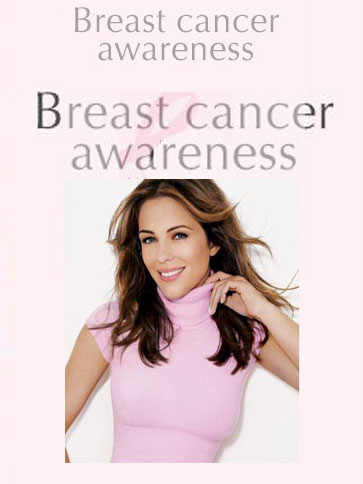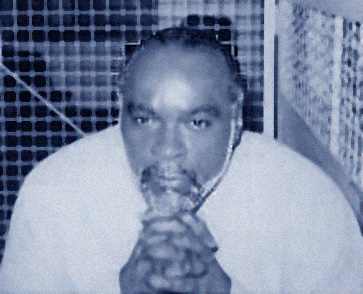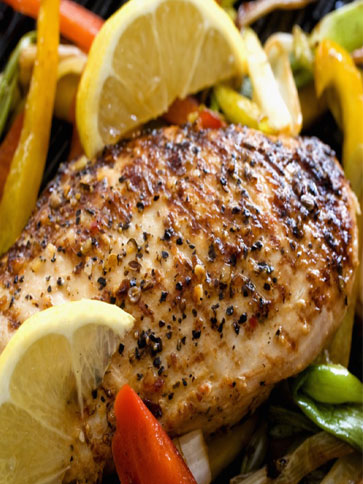There Once was a Man from Vagina…Or, how we’ll learn to stop trying to censure (and censor) sexuality.
Let’s just start stating the obvious, shall we?
 I have to admit that my biggest guilty pleasure is “America’s Next Top Model,” clearly a standout in the reality television niche if only for its impenitent appreciation of unattainable beauty (at least for a few of us) and, of course, the requisite schadenfreude when a particularly bitchy model receives her walking papers. Something about “Top Model” delivers this sensation better than any other reality program currently on TV—”Survivor” has passed its beguiling stage and entered into territory usually charted by and reserved for long-winded skits on “Saturday Night Live”; “American Idol” only reaffirms my belief that pop culture thrives on mediocrity; and the physical appeal of “talent” on “Elimidate” et.al., reflects a saddening trend in the national average when it comes to health, sex and beauty (not to mention demeanor). But, perhaps the most cleverly constructed reality isn’t what’s on television, but instead is that ephemeral little raison d’etre for teens and 20-somethings on the Internet. You guessed it, MySpace. Now, amid all the recent brouhaha about its apparent pervert-conducive environment and the imminent “blog backlash” that’s awaiting some stellar scandal (as if 2005’s online murder confession wasn’t enough), parents suddenly have to confront this newfound medium for public adolescent sexuality and personal information dissemination. How’s that for reality? But, you know me: I immediately place the bulk of the blame on a subdued sexual milieu that’s been encouraged and exploited by a government eager to win back and retain its fundamentalist party base, much to the chagrin of those of us without hang-ups who are able to recognize and apply tact in public situations. Sadly, many of these MySpace nymphets and studs-in-training are suffering from a lack of open, mature discussion with their parents about sexuality—especially teen sexuality—and their ignorance is manifesting itself in revealing personal Web page images and seductive blog bios. We smart adults have abandoned these social sites and returned to normal human interaction—or have found other more mature Web sites that don’t cater to high school kids looking to de-virginize each other. Naturally, however, the lecherous miscreants perusing MySpace exploit the blatant lack of judgment by enticing curious preteens into premature maturation. And these children, bereft of adequate understanding of what is and is not appropriate, exercise their curiosity in potentially dangerous ways. If there is one sure fact in life, it is that everything needs an outlet, some form or formula for catharsis, because without it, what burdens our minds eventually manifests in our actions—sometimes absent of logic, that little voice that says, “Hey…why don’t you take a second to rethink this, eh?” Being inquisitive about reality and having an immediate way to sate that awe can possibly produce an unwanted result. The most effective combatant in this battle against further decadence of the next generation, whose Web-savvy nature could be made or broken by this reasoning, is an unfiltered approach toward sexuality in the public realm. Let’s stop letting a repressed few dictate how much exposure to sex our children have. Between half-naked, influential celebrities and the omnipresent World Wide Web, children are deluged with images that at the very least demand explanations before their re-enactments are attempted in blog profile photos. American children especially are at risk because, unlike European and other open-minded nations, the United States takes somewhat bittersweet pride in just how sheltered the majority of its children are. Censorship recently has become a sort of emblem for die-hard politicians. Pretty soon we’ll need permits to take showers, lest we see our own naked bodies without the explicit approval of our representatives. And this all stems from a sick embracement of the continued suppression of something that’s always been and always will be.
I have to admit that my biggest guilty pleasure is “America’s Next Top Model,” clearly a standout in the reality television niche if only for its impenitent appreciation of unattainable beauty (at least for a few of us) and, of course, the requisite schadenfreude when a particularly bitchy model receives her walking papers. Something about “Top Model” delivers this sensation better than any other reality program currently on TV—”Survivor” has passed its beguiling stage and entered into territory usually charted by and reserved for long-winded skits on “Saturday Night Live”; “American Idol” only reaffirms my belief that pop culture thrives on mediocrity; and the physical appeal of “talent” on “Elimidate” et.al., reflects a saddening trend in the national average when it comes to health, sex and beauty (not to mention demeanor). But, perhaps the most cleverly constructed reality isn’t what’s on television, but instead is that ephemeral little raison d’etre for teens and 20-somethings on the Internet. You guessed it, MySpace. Now, amid all the recent brouhaha about its apparent pervert-conducive environment and the imminent “blog backlash” that’s awaiting some stellar scandal (as if 2005’s online murder confession wasn’t enough), parents suddenly have to confront this newfound medium for public adolescent sexuality and personal information dissemination. How’s that for reality? But, you know me: I immediately place the bulk of the blame on a subdued sexual milieu that’s been encouraged and exploited by a government eager to win back and retain its fundamentalist party base, much to the chagrin of those of us without hang-ups who are able to recognize and apply tact in public situations. Sadly, many of these MySpace nymphets and studs-in-training are suffering from a lack of open, mature discussion with their parents about sexuality—especially teen sexuality—and their ignorance is manifesting itself in revealing personal Web page images and seductive blog bios. We smart adults have abandoned these social sites and returned to normal human interaction—or have found other more mature Web sites that don’t cater to high school kids looking to de-virginize each other. Naturally, however, the lecherous miscreants perusing MySpace exploit the blatant lack of judgment by enticing curious preteens into premature maturation. And these children, bereft of adequate understanding of what is and is not appropriate, exercise their curiosity in potentially dangerous ways. If there is one sure fact in life, it is that everything needs an outlet, some form or formula for catharsis, because without it, what burdens our minds eventually manifests in our actions—sometimes absent of logic, that little voice that says, “Hey…why don’t you take a second to rethink this, eh?” Being inquisitive about reality and having an immediate way to sate that awe can possibly produce an unwanted result. The most effective combatant in this battle against further decadence of the next generation, whose Web-savvy nature could be made or broken by this reasoning, is an unfiltered approach toward sexuality in the public realm. Let’s stop letting a repressed few dictate how much exposure to sex our children have. Between half-naked, influential celebrities and the omnipresent World Wide Web, children are deluged with images that at the very least demand explanations before their re-enactments are attempted in blog profile photos. American children especially are at risk because, unlike European and other open-minded nations, the United States takes somewhat bittersweet pride in just how sheltered the majority of its children are. Censorship recently has become a sort of emblem for die-hard politicians. Pretty soon we’ll need permits to take showers, lest we see our own naked bodies without the explicit approval of our representatives. And this all stems from a sick embracement of the continued suppression of something that’s always been and always will be.
So let’s state the obvious. Rather than wait until your 15-year-old daughter meets a 52-year-old man with more than a passing interest in her “hobbies” and “favorite music,” why not immerse your children in the already seedy world of over-eroticized reality television and force them into having long, thorough and repulsive conversations about the wonderment and consequences of sex. Inundation is the best method, I believe. Or, at a minimum, parents should make an attempt to lull their kids away from solely seeing an idealized version of what society and children are like and show them the results of poor decisions. They clearly are incapable of recognizing that their idols, their celebrities have flaws, and (although unbelievably) tact. The sexy, young women on “The Bachelor” and “Blind Date” that they emulate are not the best examples of maturity, and parents need to tell children that, rather than tightening the blinders so that they can’t see the viscera beneath that over-simplified and deceptive picture of desired sexuality that reality television, Internet, and the entertainment industry have mistakenly conveyed. A blog should not be a child’s introduction to reality, nor should a scripted “real-life” television show. That’s the reality, folks, believe it or not.
Written by Natalie Martin











